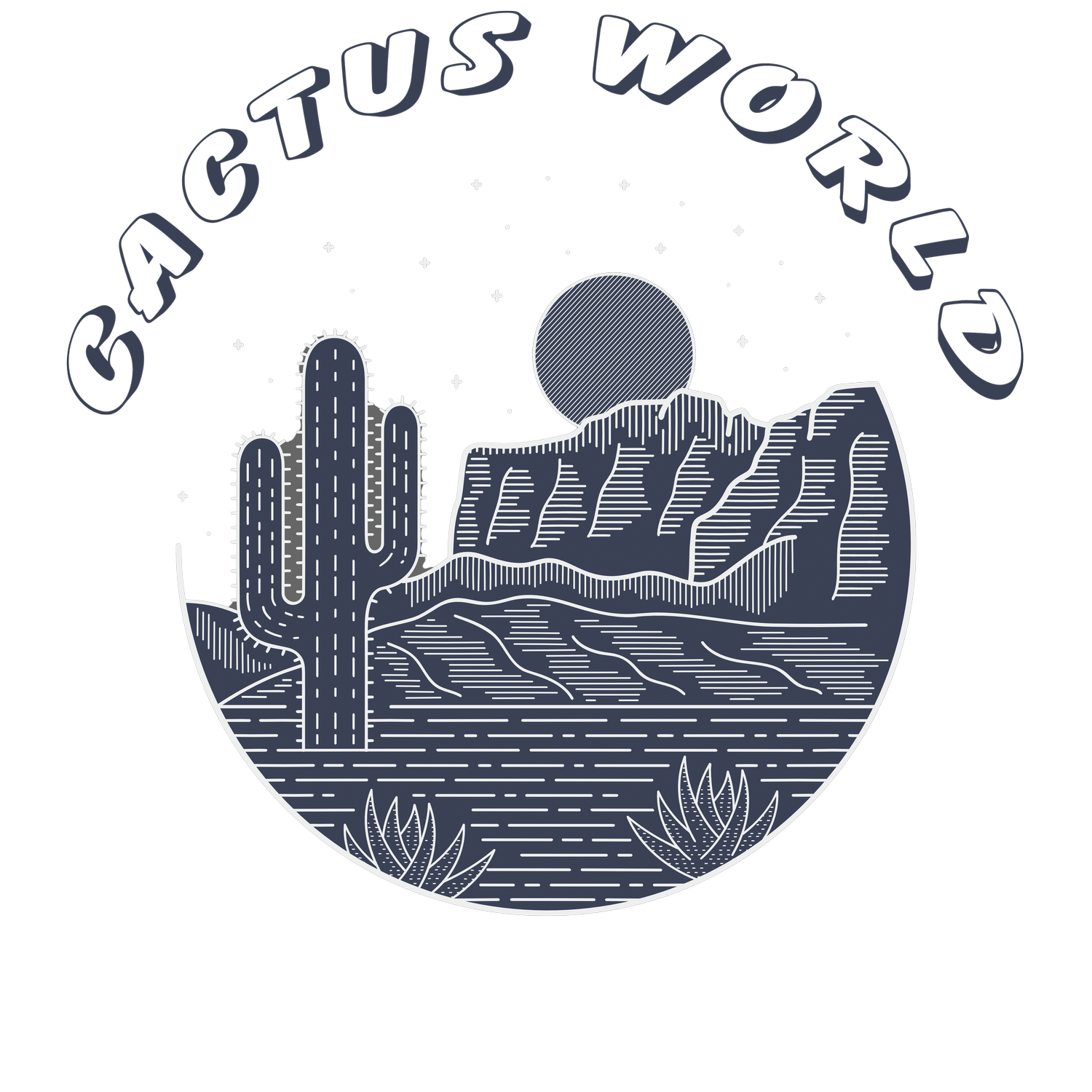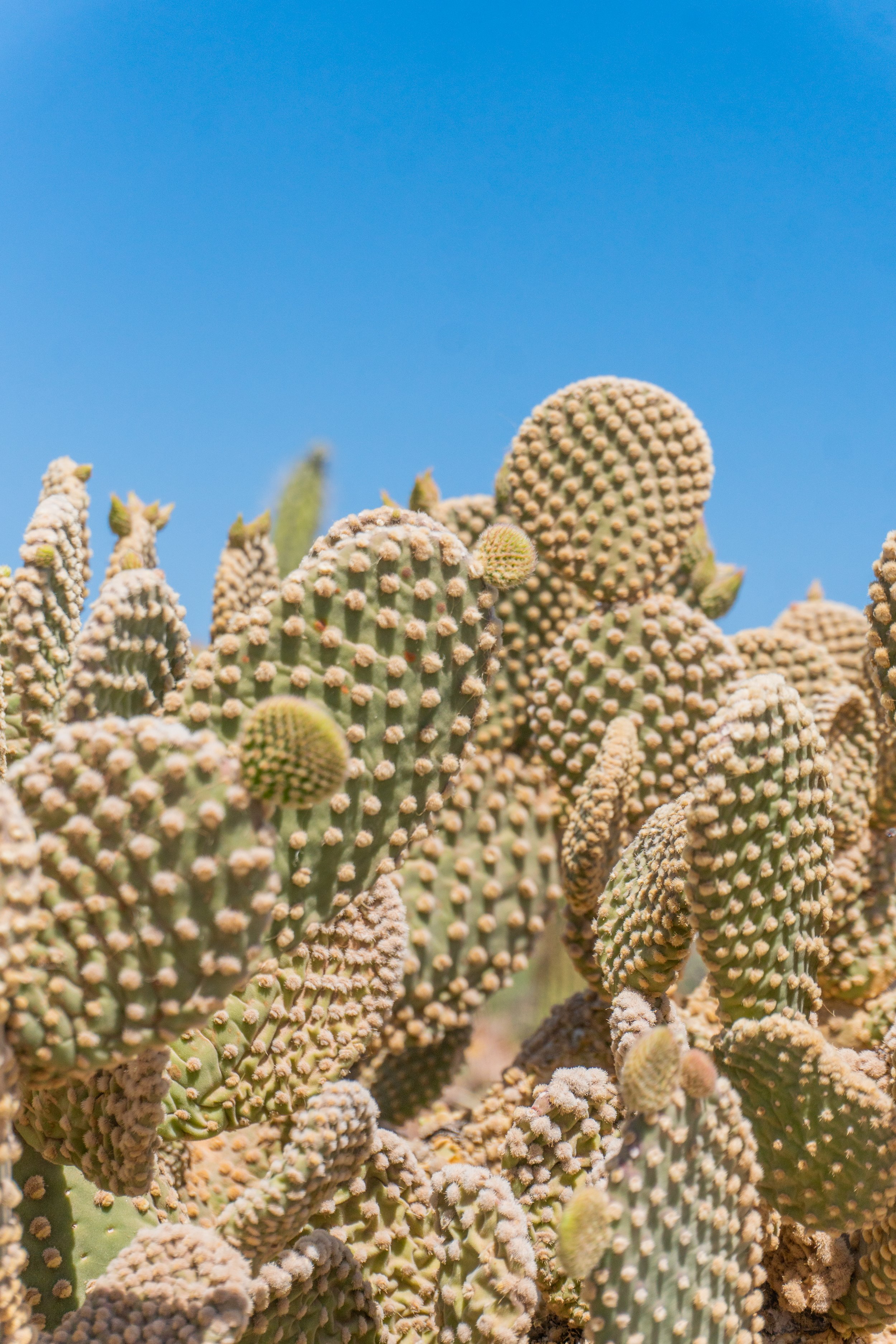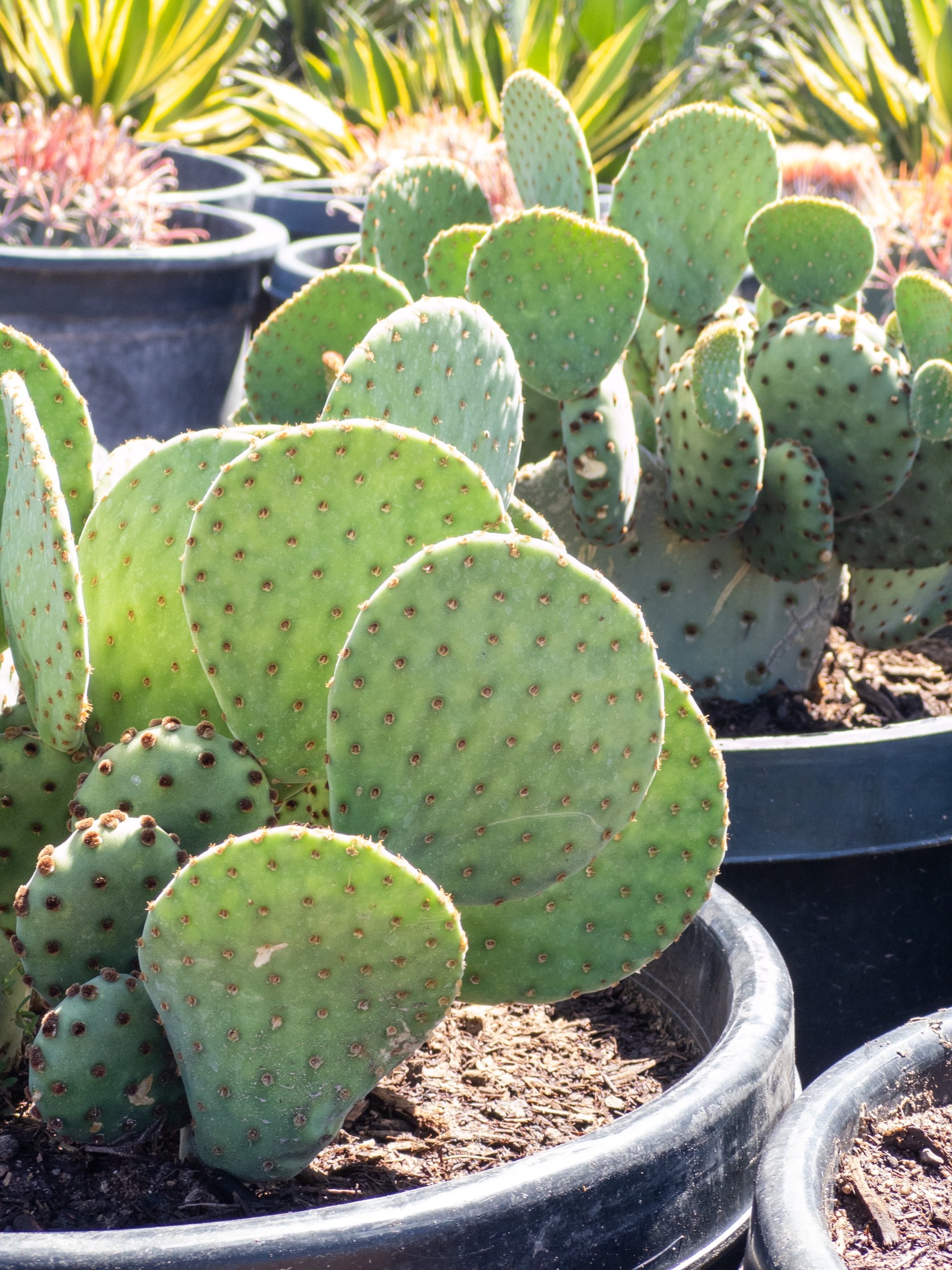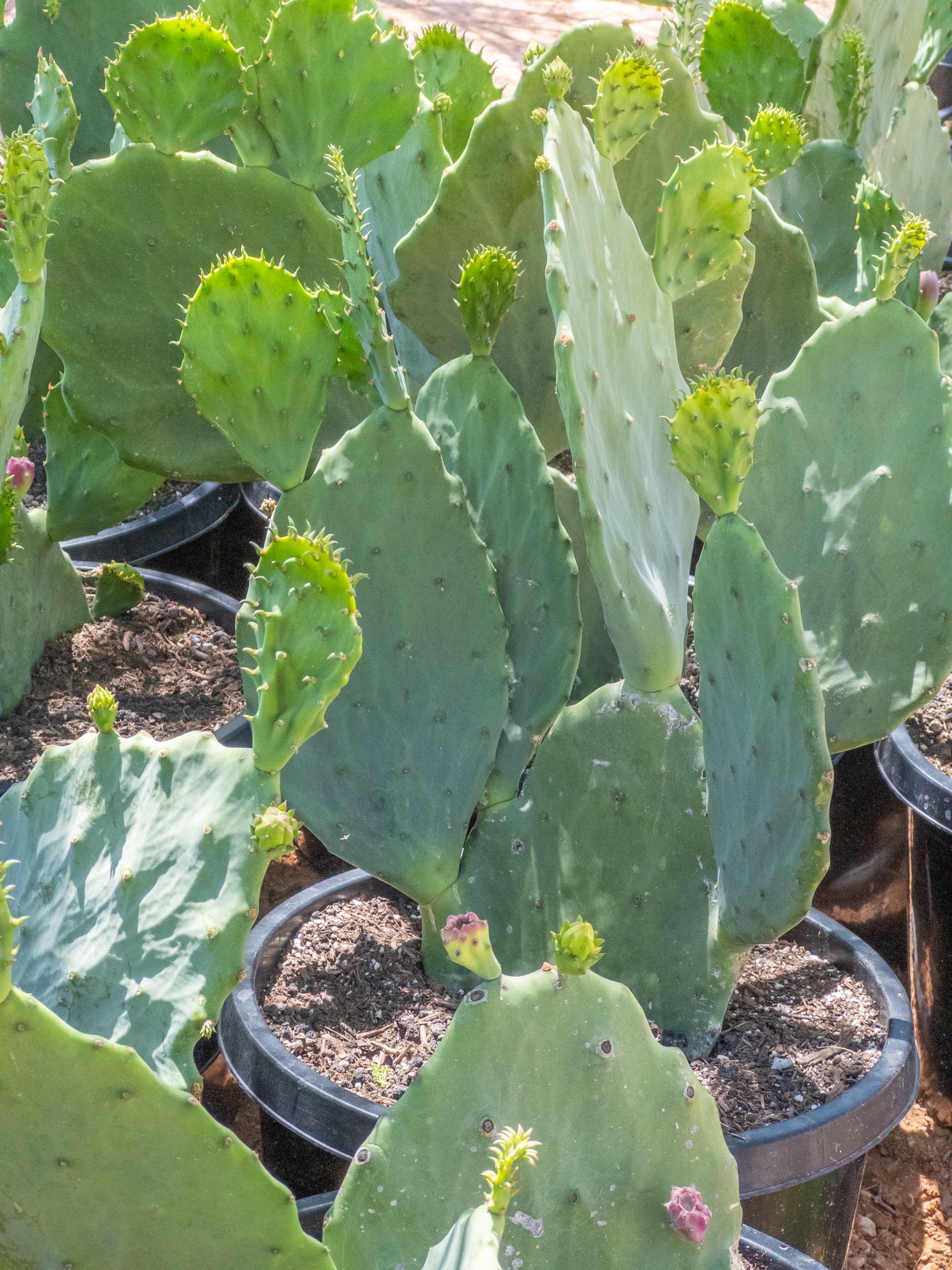 Image 1 of 5
Image 1 of 5

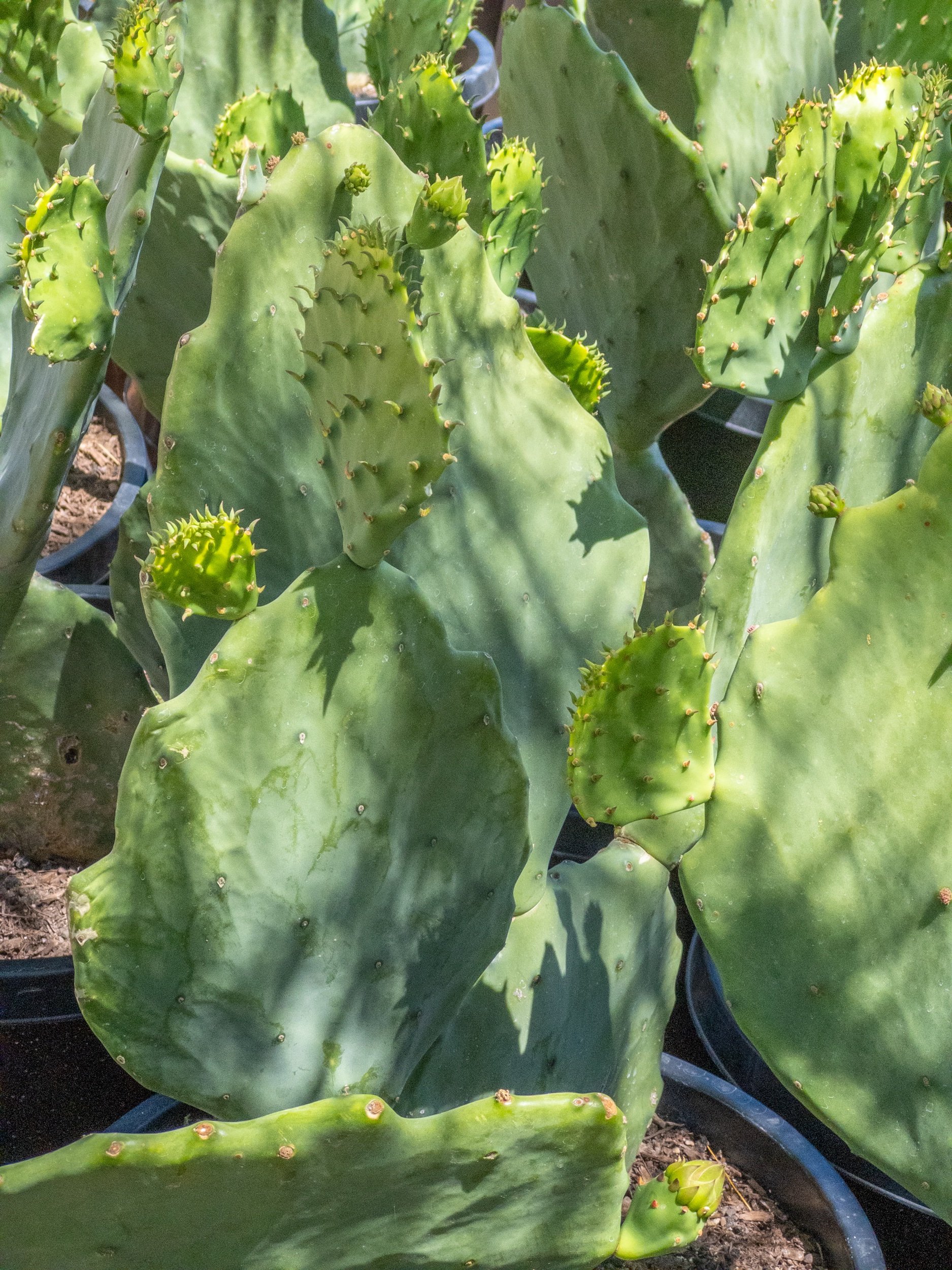 Image 2 of 5
Image 2 of 5

 Image 3 of 5
Image 3 of 5

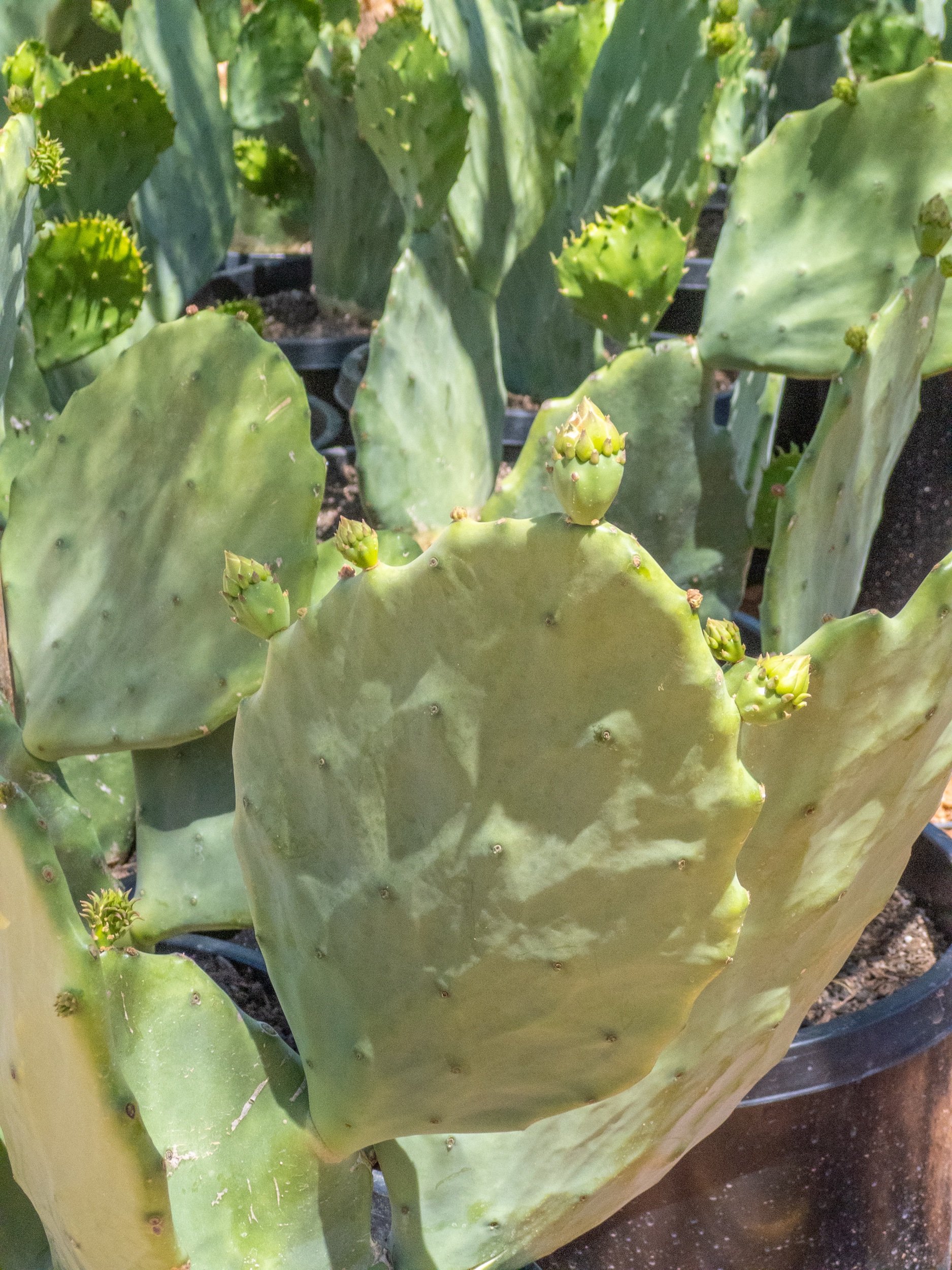 Image 4 of 5
Image 4 of 5

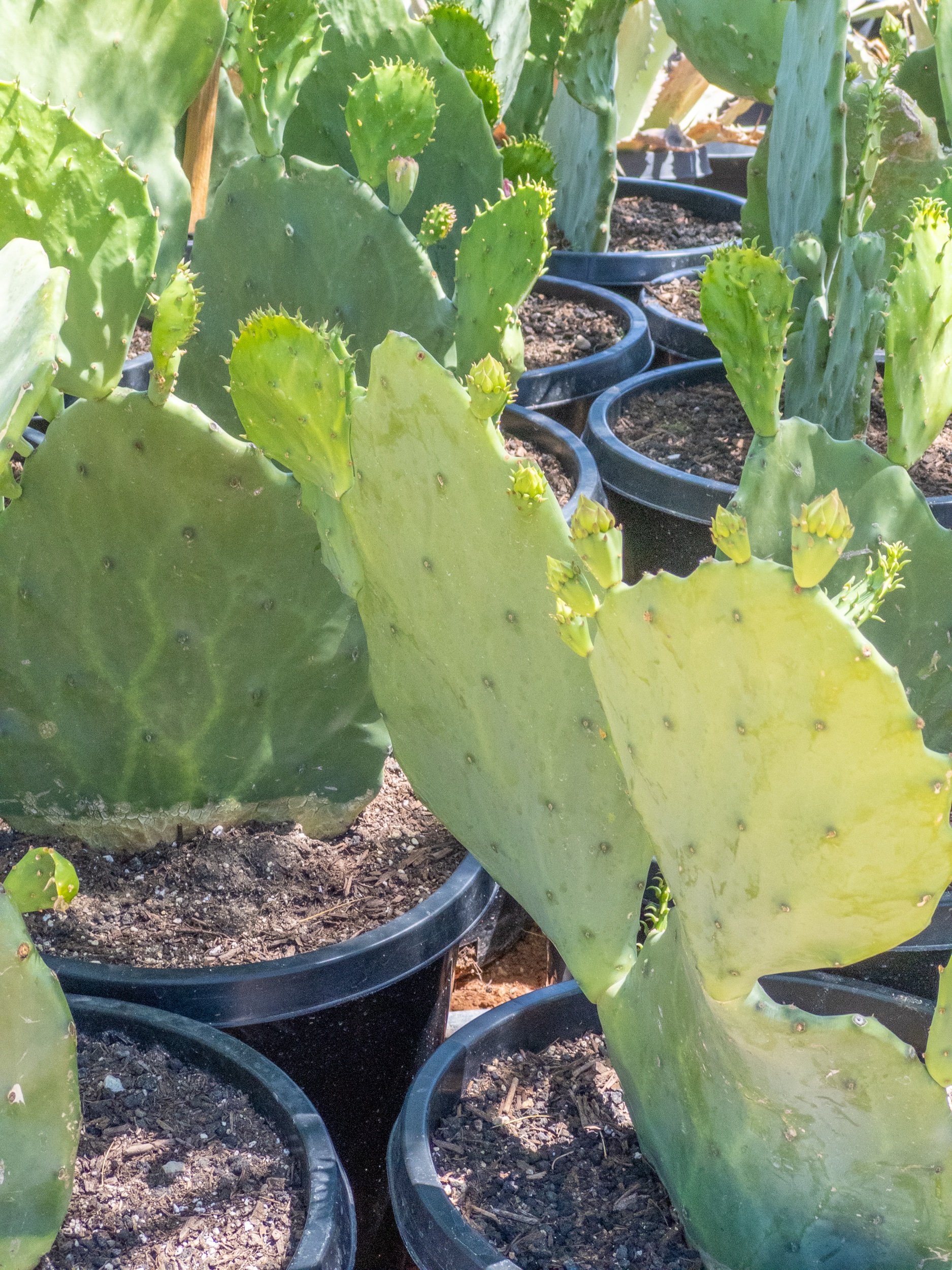 Image 5 of 5
Image 5 of 5






Opuntia ‘Old Mexico’
Opuntia ‘Old Mexico’ – A Timeless Prickly Pear Treasure
Step back in time with the Opuntia ‘Old Mexico,’ a rugged yet charming prickly pear that captures the essence of desert heritage. This low-growing cactus forms sprawling clumps of flat, oval pads, reaching 2-3 feet tall and spreading 3-5 feet wide. Its vibrant green pads, often tinged with purple under stress, are dotted with small, golden spines and fuzzy glochids, giving it a classic Southwestern look. In spring to early summer, it dazzles with bright yellow flowers that fade to peach, followed by juicy, purplish-red fruits.
Care Made Simple:
• Sun: Full sun is its playground—6+ hours daily for vivid colors and robust growth. Light shade works but may dull its bloom show.
• Water: Desert-tough—water deeply every 3-4 weeks in summer, letting soil dry out completely. In winter, skip watering or keep it minimal.
• Soil: Loves gritty, well-drained soil—cactus mix or sandy gravel keeps its roots rot-free and happy.
Perfect for xeriscapes, rock gardens, or sprawling groundcovers, Opuntia ‘Old Mexico’ thrives in USDA zones 7-11, shrugging off dry cold to 0°F (-18°C) when established—just protect from wet winters. Its edible fruits (tunas) and pads (nopales) are a bonus for adventurous gardeners, while pollinators flock to its blooms. Handle with gloves to avoid glochids; non-toxic but irritating to pets or skin if mishandled.
Opuntia ‘Old Mexico’ – A Timeless Prickly Pear Treasure
Step back in time with the Opuntia ‘Old Mexico,’ a rugged yet charming prickly pear that captures the essence of desert heritage. This low-growing cactus forms sprawling clumps of flat, oval pads, reaching 2-3 feet tall and spreading 3-5 feet wide. Its vibrant green pads, often tinged with purple under stress, are dotted with small, golden spines and fuzzy glochids, giving it a classic Southwestern look. In spring to early summer, it dazzles with bright yellow flowers that fade to peach, followed by juicy, purplish-red fruits.
Care Made Simple:
• Sun: Full sun is its playground—6+ hours daily for vivid colors and robust growth. Light shade works but may dull its bloom show.
• Water: Desert-tough—water deeply every 3-4 weeks in summer, letting soil dry out completely. In winter, skip watering or keep it minimal.
• Soil: Loves gritty, well-drained soil—cactus mix or sandy gravel keeps its roots rot-free and happy.
Perfect for xeriscapes, rock gardens, or sprawling groundcovers, Opuntia ‘Old Mexico’ thrives in USDA zones 7-11, shrugging off dry cold to 0°F (-18°C) when established—just protect from wet winters. Its edible fruits (tunas) and pads (nopales) are a bonus for adventurous gardeners, while pollinators flock to its blooms. Handle with gloves to avoid glochids; non-toxic but irritating to pets or skin if mishandled.
Opuntia ‘Old Mexico’ – A Timeless Prickly Pear Treasure
Step back in time with the Opuntia ‘Old Mexico,’ a rugged yet charming prickly pear that captures the essence of desert heritage. This low-growing cactus forms sprawling clumps of flat, oval pads, reaching 2-3 feet tall and spreading 3-5 feet wide. Its vibrant green pads, often tinged with purple under stress, are dotted with small, golden spines and fuzzy glochids, giving it a classic Southwestern look. In spring to early summer, it dazzles with bright yellow flowers that fade to peach, followed by juicy, purplish-red fruits.
Care Made Simple:
• Sun: Full sun is its playground—6+ hours daily for vivid colors and robust growth. Light shade works but may dull its bloom show.
• Water: Desert-tough—water deeply every 3-4 weeks in summer, letting soil dry out completely. In winter, skip watering or keep it minimal.
• Soil: Loves gritty, well-drained soil—cactus mix or sandy gravel keeps its roots rot-free and happy.
Perfect for xeriscapes, rock gardens, or sprawling groundcovers, Opuntia ‘Old Mexico’ thrives in USDA zones 7-11, shrugging off dry cold to 0°F (-18°C) when established—just protect from wet winters. Its edible fruits (tunas) and pads (nopales) are a bonus for adventurous gardeners, while pollinators flock to its blooms. Handle with gloves to avoid glochids; non-toxic but irritating to pets or skin if mishandled.
